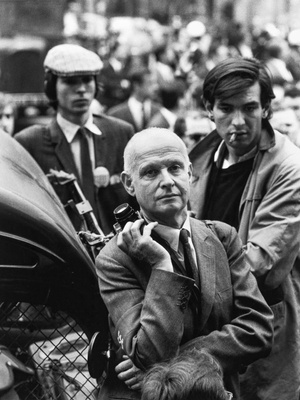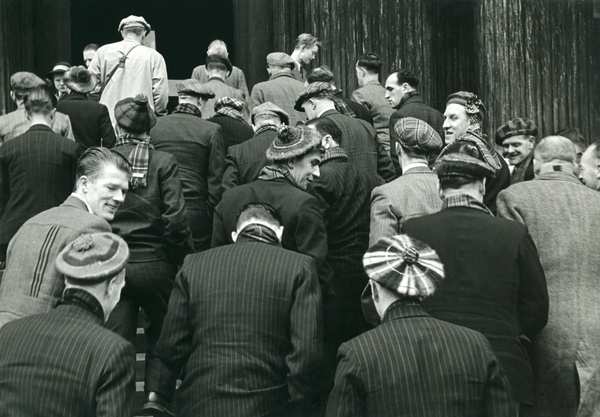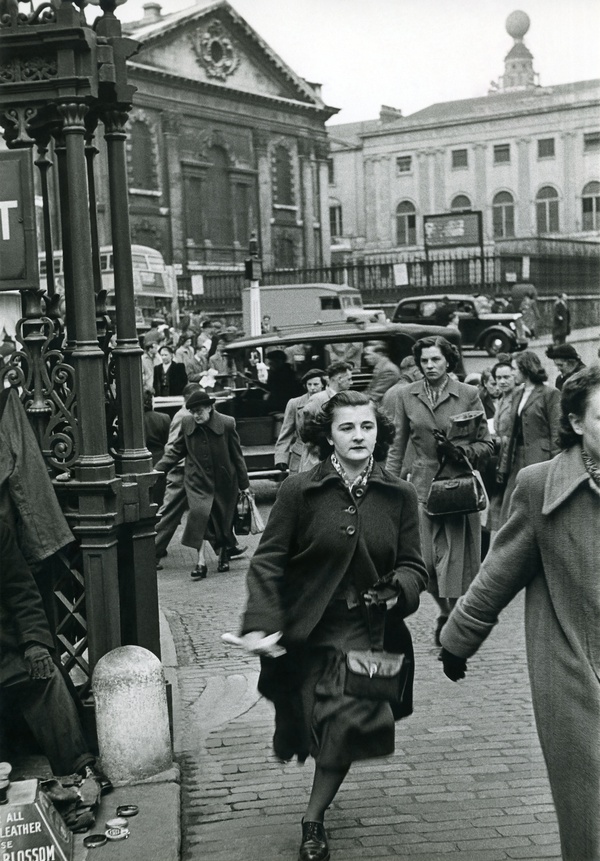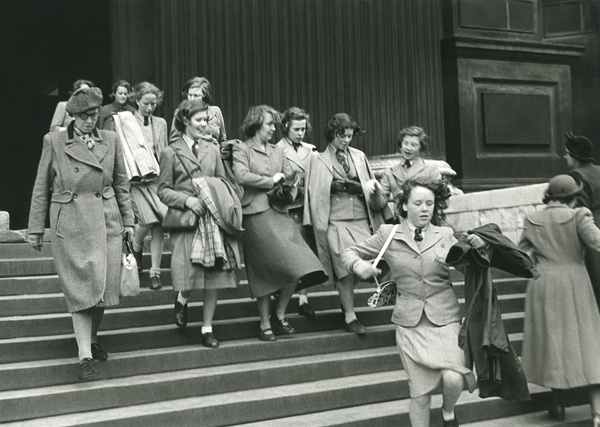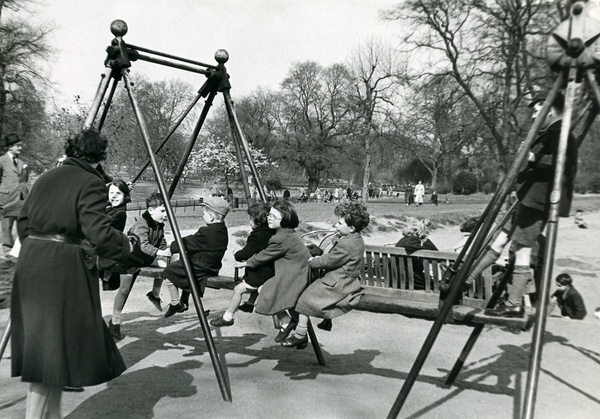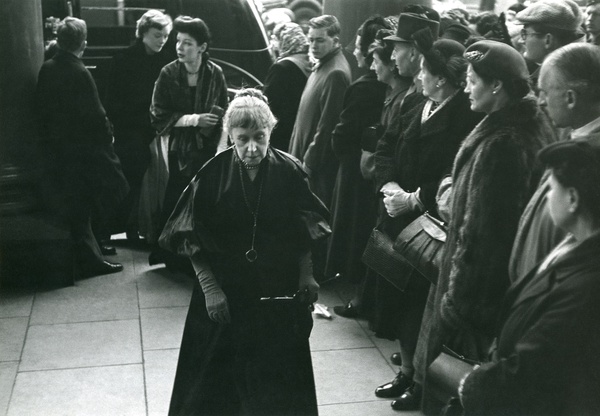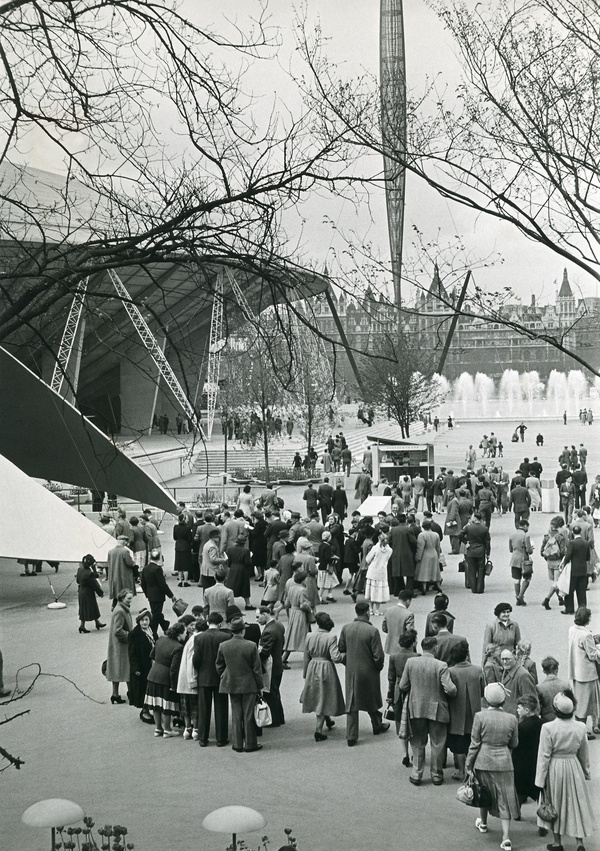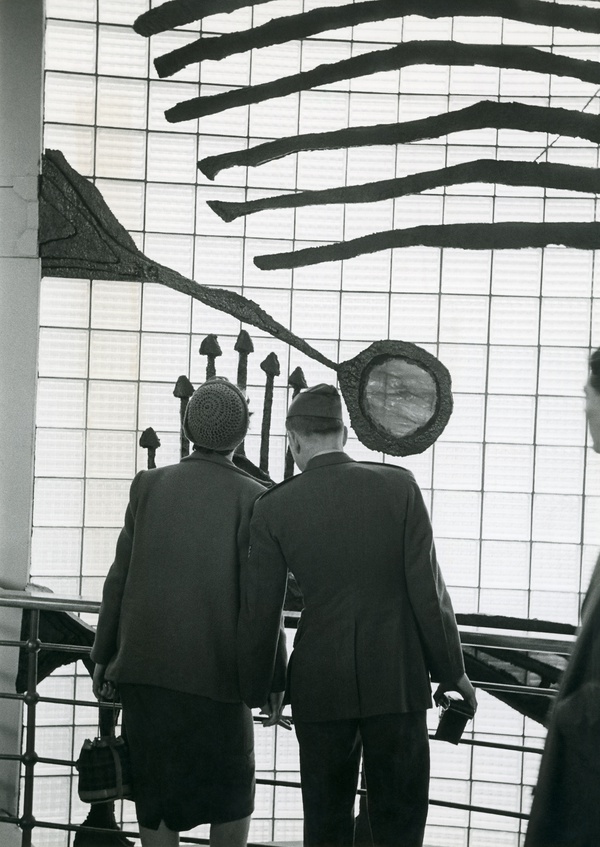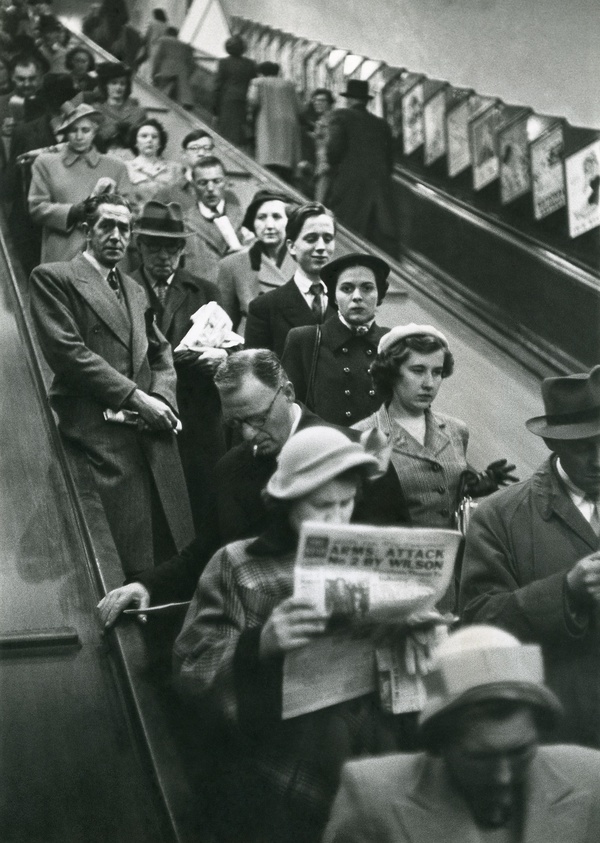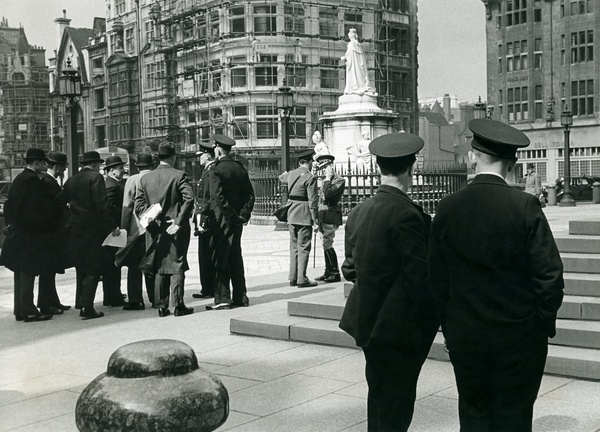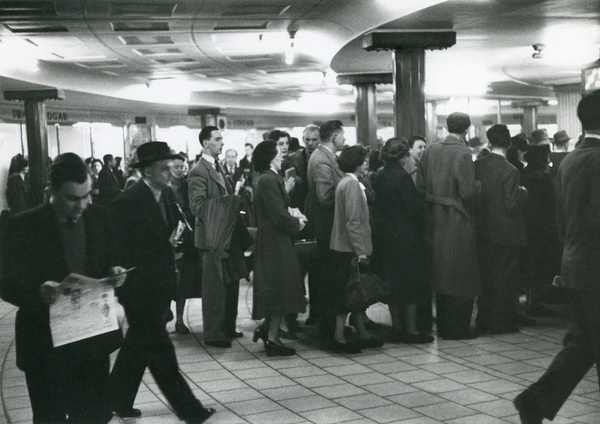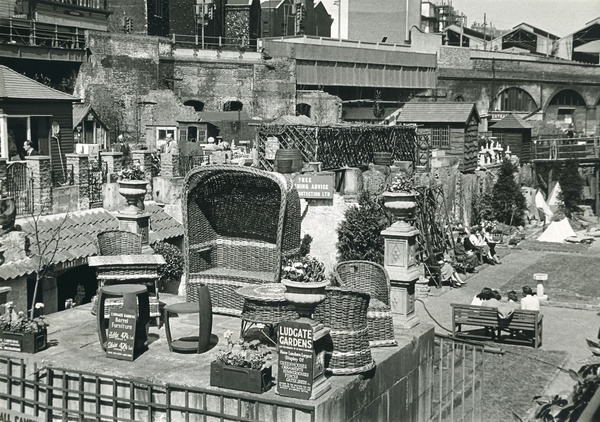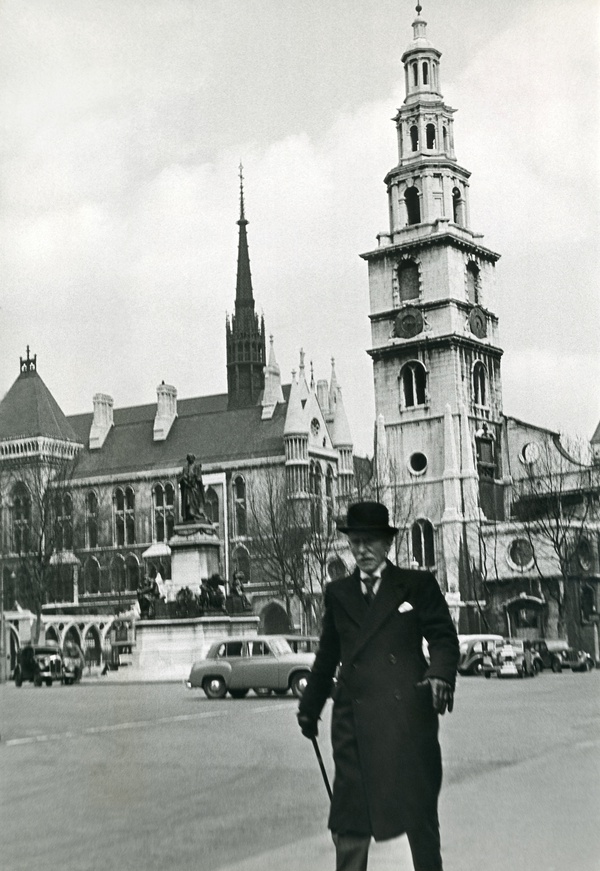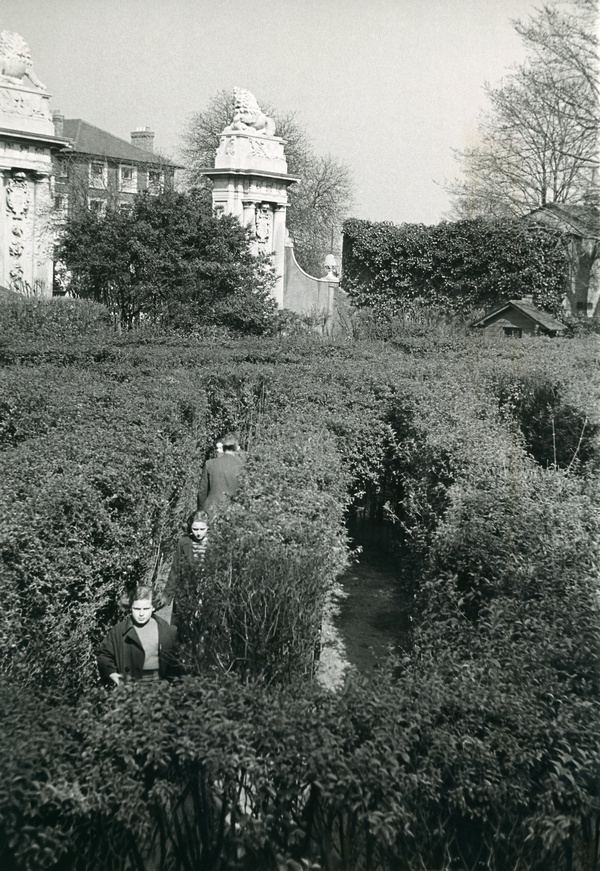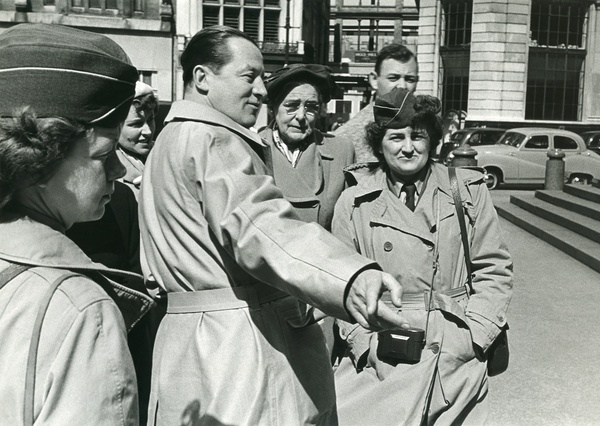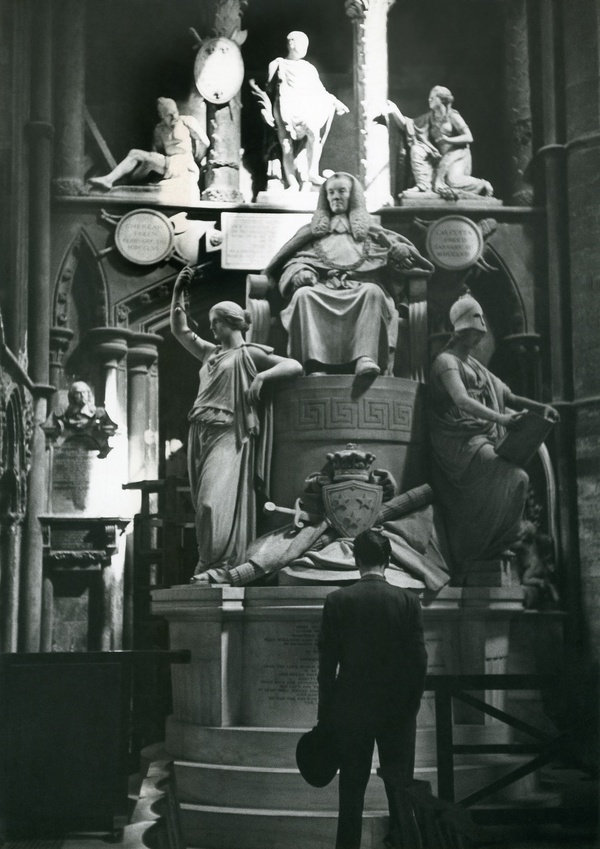"Photography is the simultaneous recognition, in a fraction of a second, of the significance of an event as well as of a precise organisation of forms which give that event its proper expression."
Henri Cartier-Bresson (1908-2004) was one of the most original, accomplished, influential and beloved figures in the history of photography. His dramatic black and white works are among the most iconic images of the 20th century, and helped transform photography from a scientific curiosity into a modern art form.Cartier-Bresson brought to the medium the eye of a painter and the temperament of a philosopher. He gave his discipline purpose, and the resulting images persuaded the world that photography was not simply the mechanical reproduction of life but a valid form of self-expression. His theory that photography could capture the meaning beneath the outward appearance of an event in an instant of extraordinary clarity was best expressed in his book Images à la Sauvette (The Decisive Moment, 1952). He largely created the natural, observational style that came to govern photojournalism, a profession whose independence of spirit was nurtured in the agency he co-founded in 1946, Magnum. He covered many of the world's biggest events from the Spanish Civil War to the French uprisings in 1968.
-
-
 Henri Cartier-BressonScottish Football Supporters Visiting St. Paul's Cathedral, London, 1951
Henri Cartier-BressonScottish Football Supporters Visiting St. Paul's Cathedral, London, 1951 -
 Henri Cartier-BressonRush Hour At Charing Cross Station, The Strand, London, 1953
Henri Cartier-BressonRush Hour At Charing Cross Station, The Strand, London, 1953 -
 Henri Cartier-BressonSchoolgirls At St. Paul's Cathedral, London, 1953
Henri Cartier-BressonSchoolgirls At St. Paul's Cathedral, London, 1953 -
 Henri Cartier-BressonChildren Playing In St. James's Park, London, 1953
Henri Cartier-BressonChildren Playing In St. James's Park, London, 1953
-
 Henri Cartier-BressonFestival Guests At The Theatre Royal Haymarket, London, 1951
Henri Cartier-BressonFestival Guests At The Theatre Royal Haymarket, London, 1951 -
 Henri Cartier-BressonVisiting The Festival Of Britain, London, 1951
Henri Cartier-BressonVisiting The Festival Of Britain, London, 1951 -
 Henri Cartier-BressonThe Festival Of Britain, London, 1951
Henri Cartier-BressonThe Festival Of Britain, London, 1951 -
 Henri Cartier-BressonRush Hour At Piccadilly Circus, London , 1951
Henri Cartier-BressonRush Hour At Piccadilly Circus, London , 1951
-
